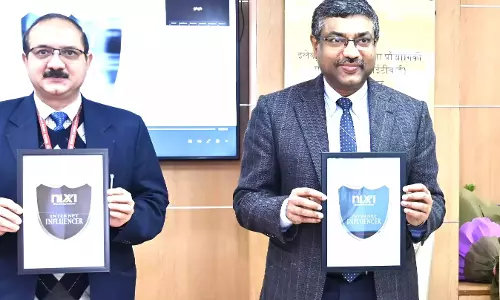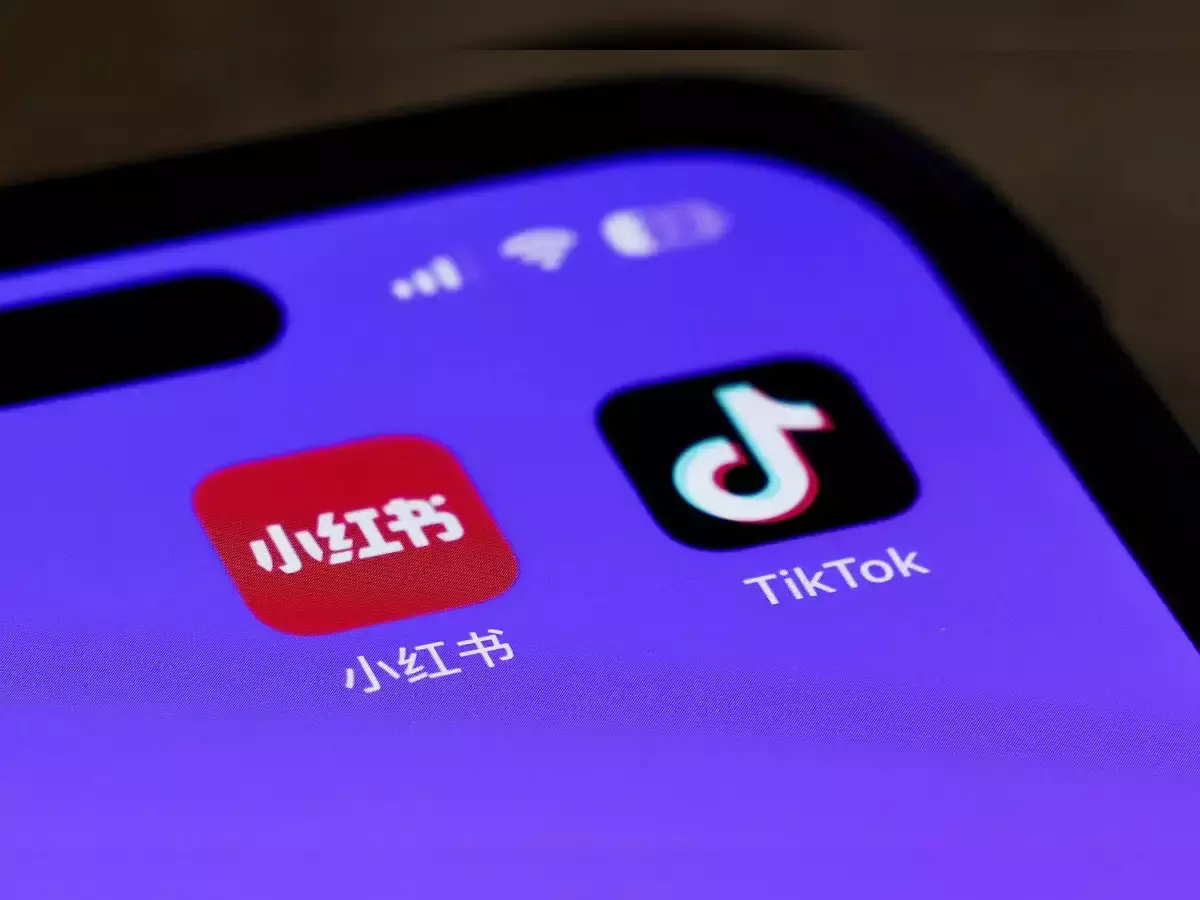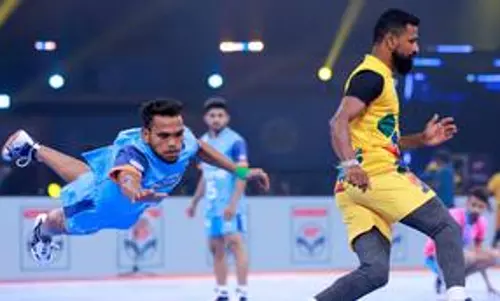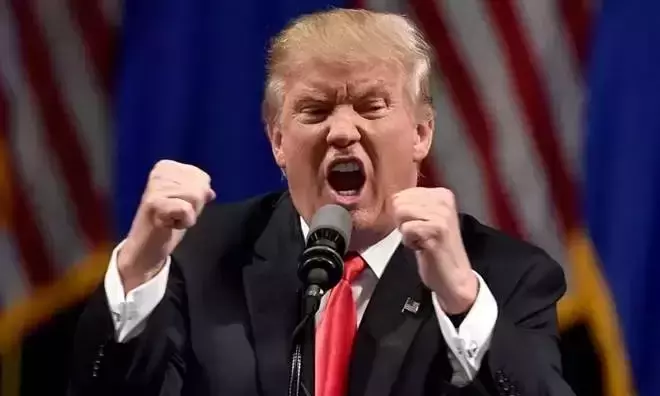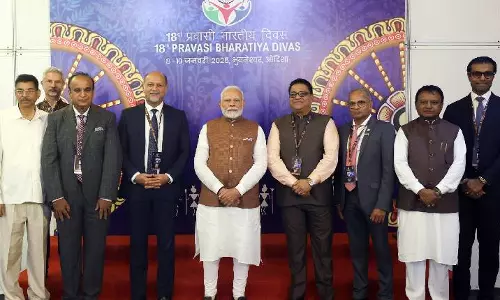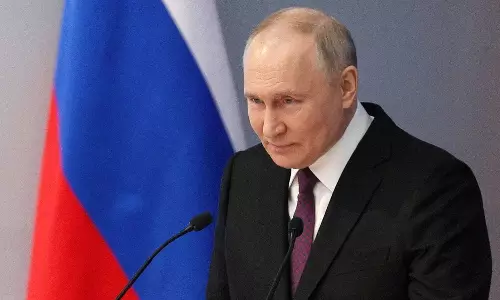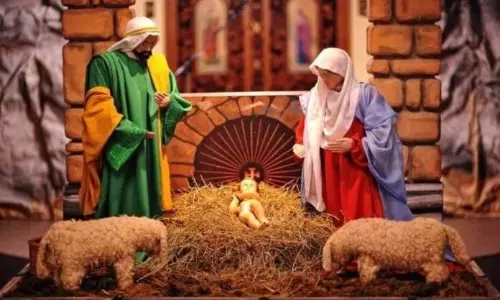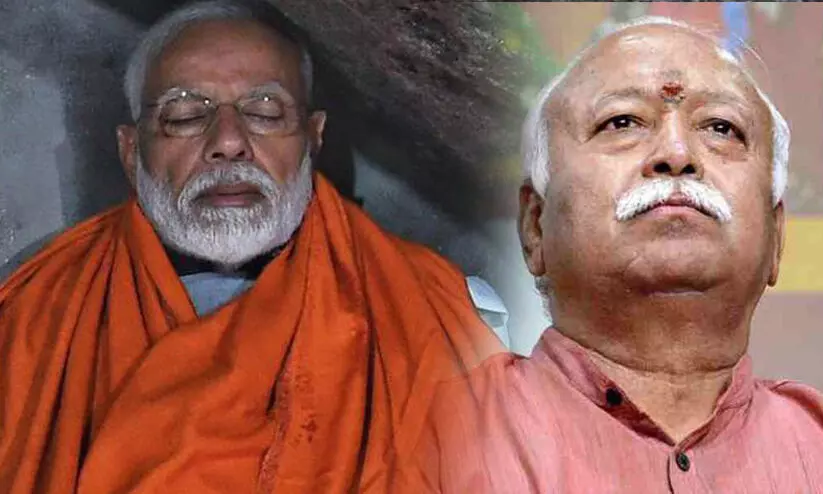
Modi’s evolution from Sevak to demigod and RSS’s disenchantment with BJP
text_fieldsIn a recent interview with The Indian Express, JP Nadda, the BJP national president, was heard talking about the party’s self-reliance to run on its own without the help of the RSS, obliquely hinting at the rift between the two saffron parties.
He further stated that there was a time when the BJP depended on the RSS, but now it no longer needs any help from the ideological parent organization. These words further deepened the suspicions about a possible rift, coupled with the RSS’s conspicuous detachment from the BJP campaign for the Lok Sabha elections.
There are innumerable reasons why the RSS should remain aloof from the campaigns and altogether leave the BJP to handle activities in its own way. This evolution signifies a fundamental transformation in the BJP-RSS relationship during the Narendra Modi era.
The synergy between the political aspirations of the BJP and the cultural ideology of the RSS has undergone a significant recalibration. The BJP’s reliance on the RSS, both ideologically and organizationally, has diminished, with the BJP asserting greater autonomy.
Though almost all BJP activists adhere to the RSS as its swayamsevaks, including Prime Minister Narendra Modi, Home Minister Amit Shah, and Rajnath Singh, the RSS has now openly expressed its dissatisfaction with the party’s candidate selection.
While this is one of the stated points of discontent with the BJP, the RSS leaders have deeper concerns, such as PM Modi himself claiming to be sent on a divine mission and BJP leaders calling him an avatar or incarnation of a divine entity, thus eclipsing the superiority of the RSS Sarsanghchalak - Mohan Bhagwat.
The Evolution of Modi as Pradhan Sevak, the Avatar, the God
The charisma of Prime Minister Modi was first noted when he contested his first Lok Sabha election in 2014, introducing himself as Pradhan Sevak or the 'chief servant' and a crusader against corruption. His campaign at the time focused on the corruption associated with the Congress-led UPA government. Modi easily captured the public's attention, as there was a wave of discontent against the UPA government over various issues. Modi and his team introduced a development plan akin to the Gujarat model, positioning him at the forefront of public discourse.
For many in secular groups, he was seen as the butcher of Muslims in the 2002 Gujarat riots, during which over 2000 Muslims were killed. He faced travel bans from several countries, including the US and UK, due to his alleged role in the Gujarat riots. However, his anti-corruption campaign against the Congress gained momentum in the public's eyes, with undeniable support from the RSS during that time.
Modi was able to garner the trust of the public, despite scepticism from secular Indians who believed it impossible for a man accused in the killings of Muslims during the Gujarat riots to win their hearts. Nevertheless, he was elected with a convincing margin to become the Prime Minister of India.
Then came a time which was conducive for him to persuade those who opposed him for the Gujarat riot to agree with him, whether by intimidation or duress — and those who remained resolute had to face persecution. That was at the same time as he was hailed as the messiah of development.
In 2019, Modi reintroduced himself as the one who prioritizes the security of the country and its people, portraying himself as a saviour willing to sacrifice his life for them. He took credit for the reported ‘surgical strike’ on Pakistan, depicting himself as someone dedicated to Sanatan Dharma and elevating India's status on the global stage. The aura around him, crafted by BJP activists with the complicity of certain media outlets, helped him secure a sweeping victory in the 2019 Lok Sabha elections.
The public remained oblivious of the hardships they faced during his first tenure, including demonetization, higher taxes, the introduction of GST without a concrete alternative plan, and the challenges of the COVID-19 pandemic. However, his supporters began to refer to him as an avatar or the personification of a deity, often likening him to the incarnation of Lord Ram. From Yogi Adityanath to Sampit Patra, Narendra Modi was hailed as avatar purush.
By declaring the demonetisation of higher denominations that were in circulation at the time and imposing a lockdown during the COVID-19 pandemic without considering the public's livelihood, Modi himself portrayed a powerful leader who could do whatever he wished, regardless of opposition, and showed himself to be invincible. However, on those occasions, he had the unwavering support from the RSS and its leadership.
In 2024, the image of Modi was modified to be deified and glorified as a god. Certain media outlets and BJP leaders made comments sometimes comparing him to gods like Vishnu, Krishna, and Ram, while others called him a god. BJP workers' servile attitude made them stoop, and it went to the extent of a temple being erected to worship Modi as a god.
Madhya Pradesh Agriculture Minister and BJP leader Kamal Patel termed Prime Minister Narendra Modi an “incarnation of God”, saying he was born to end the atmosphere of despair, like Lord Ram and Lord Krishna, created due to the rise in “atrocities” committed by Congress, corruption, and the destruction of the country’s culture.
It's not just the BJP workers who make such claims. Narendra Modi himself has made similar statements on several occasions during the ongoing Lok Sabha election campaigns, claiming he has been sent with a divine mission, and using his own name Modi throughout speeches. He continues to assert that he possesses divine strength and has been divinely sent to rule the people, thereby claiming divinity.
RSS’s Supreme Leader and the divine incarnation of Modi
In the Sangh Parivar fold, the Sarsanghchalak is considered to be the supreme leader of any organizations affiliated with it. Currently, Mohan Bhagwat holds this high position, revered as the ideological and cultural head of all saffron groups, including the BJP. However, the emergence of Narendra Modi as an invincible power not only in the political sphere but also in fields spanning the entire public spectrum—from culture, cinema, and sports to business—has created a concern among the RSS leadership. They worry whether Modi has derailed from its principled ideology of being presented as a Swayamsevak or volunteer.
Meanwhile, the Modi government has provided the RSS with an unprecedented platform for growth. The Sangh has experienced a surge in membership applications and the establishment of new shakhas across the country, particularly following Modi’s 2014 victory. This expansion extends to swayamsevaks and pracharaks securing influential positions in governance and academia, thanks to the BJP wielding such powers, allowing the RSS to shape educational curricula and minority policies significantly.
However, many believe that despite the current resentments within the RSS ranks, the benefits of having a favourable government at the Centre cannot be overlooked. The Sangh's growth, both in terms of membership and influence, has been facilitated by the BJP's governance, creating a symbiotic relationship that is beneficial for both entities.
This mutual advantage suggests that, despite temporary discontent, the RSS is unlikely to distance itself from the BJP significantly, especially as the Sangh approaches its centenary year in 2025.






